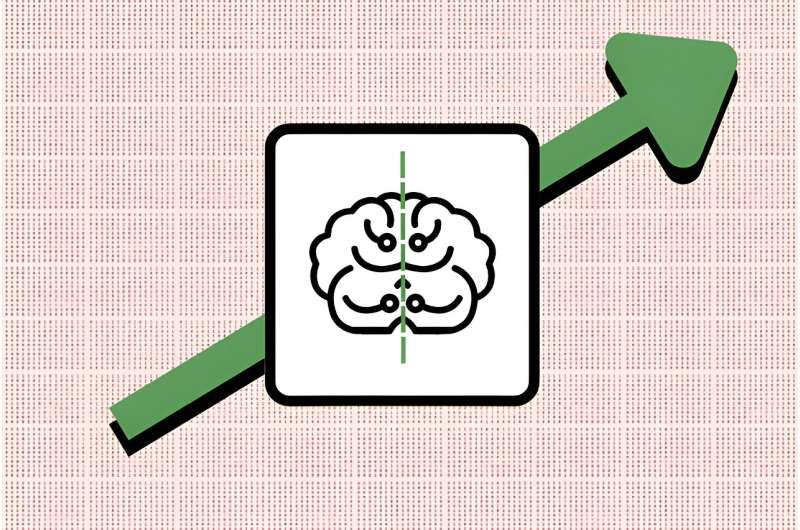
Behrooz Tahmasebi—an MIT Ph.D. student in the Department of Electrical Engineering and Computer Science (EECS) and an affiliate of the Computer Science and Artificial Intelligence Laboratory (CSAIL)—was taking a mathematics course on differential equations in late 2021 when a glimmer of inspiration struck. In that class, he learned for the first time about Weyl's law, which had been formulated 110 years earlier by the German mathematician Hermann Weyl.
Tahmasebi realized it might have some relevance to the computer science problem he was then wrestling with, even though the connection appeared—on the surface—to be thin, at best. Weyl's law, he says, provides a formula that measures the complexity of the spectral information, or data, contained within the fundamental frequencies of a drum head or guitar string.
Tahmasebi was, at the same time, thinking about measuring the complexity of the input data to a neural network, wondering whether that complexity could be reduced by taking into account some of the symmetries inherent to the dataset. Such a reduction, in turn, could facilitate—as well as speed up—machine learning processes.
Weyl's law, conceived about a century before the boom in machine learning, had traditionally been applied to very different physical situations—such as those concerning the vibrations of a string or the spectrum of electromagnetic (black-body) radiation given off by a heated object. Nevertheless, Tahmasebi believed that a customized version of that law might help with the machine learning problem he was pursuing. And if the approach panned out, the payoff could be considerable.
He spoke with his advisor, Stefanie Jegelka—an associate professor in EECS and affiliate of CSAIL and the MIT Institute for Data, Systems, and Society—who believed the idea was definitely worth looking into. As Tahmasebi saw it, Weyl's law had to do with gauging the complexity of data, and so did this project. But Weyl's law, in its original form, said nothing about symmetry.
He and Jegelka have now succeeded in modifying Weyl's law so that symmetry can be factored into the assessment of a dataset's complexity. "To the best of my knowledge," Tahmasebi says, "this is the first time Weyl's law has been used to determine how machine learning can be enhanced by symmetry."
The paper he and Jegelka wrote earned a "Spotlight" designation when it was presented at the December 2023 conference on Neural Information Processing Systems—widely regarded as the world's top conference on machine learning. It is currently available on the arXiv preprint server.
This work, comments Soledad Villar, an applied mathematician at Johns Hopkins University, "shows that models that satisfy the symmetries of the problem are not only correct but also can produce predictions with smaller errors, using a small amount of training points. [This] is especially important in scientific domains, like computational chemistry, where training data can be scarce."
In their paper, Tahmasebi and Jegelka explored the ways in which symmetries, or so-called "invariances," could benefit machine learning. Suppose, for example, the goal of a particular computer run is to pick out every image that contains the numeral 3. That task can be a lot easier, and go a lot quicker, if the algorithm can identify the 3 regardless of where it is placed in the box—whether it's exactly in the center or off to the side—and whether it is pointed right-side up, upside down, or oriented at a random angle.
More information: Behrooz Tahmasebi et al, The Exact Sample Complexity Gain from Invariances for Kernel Regression, arXiv (2023). DOI: 10.48550/arxiv.2303.14269
Journal information: arXiv
This story is republished courtesy of MIT News (web.mit.edu/newsoffice/), a popular site that covers news about MIT research, innovation and teaching.
Citation: How symmetry can come to the aid of machine learning (2024, February 5) retrieved 5 February 2024 from https://techxplore.com/news/2024-02-symmetry-aid-machine.html
This document is subject to copyright. Apart from any fair dealing for the purpose of private study or research, no part may be reproduced without the written permission. The content is provided for information purposes only.
